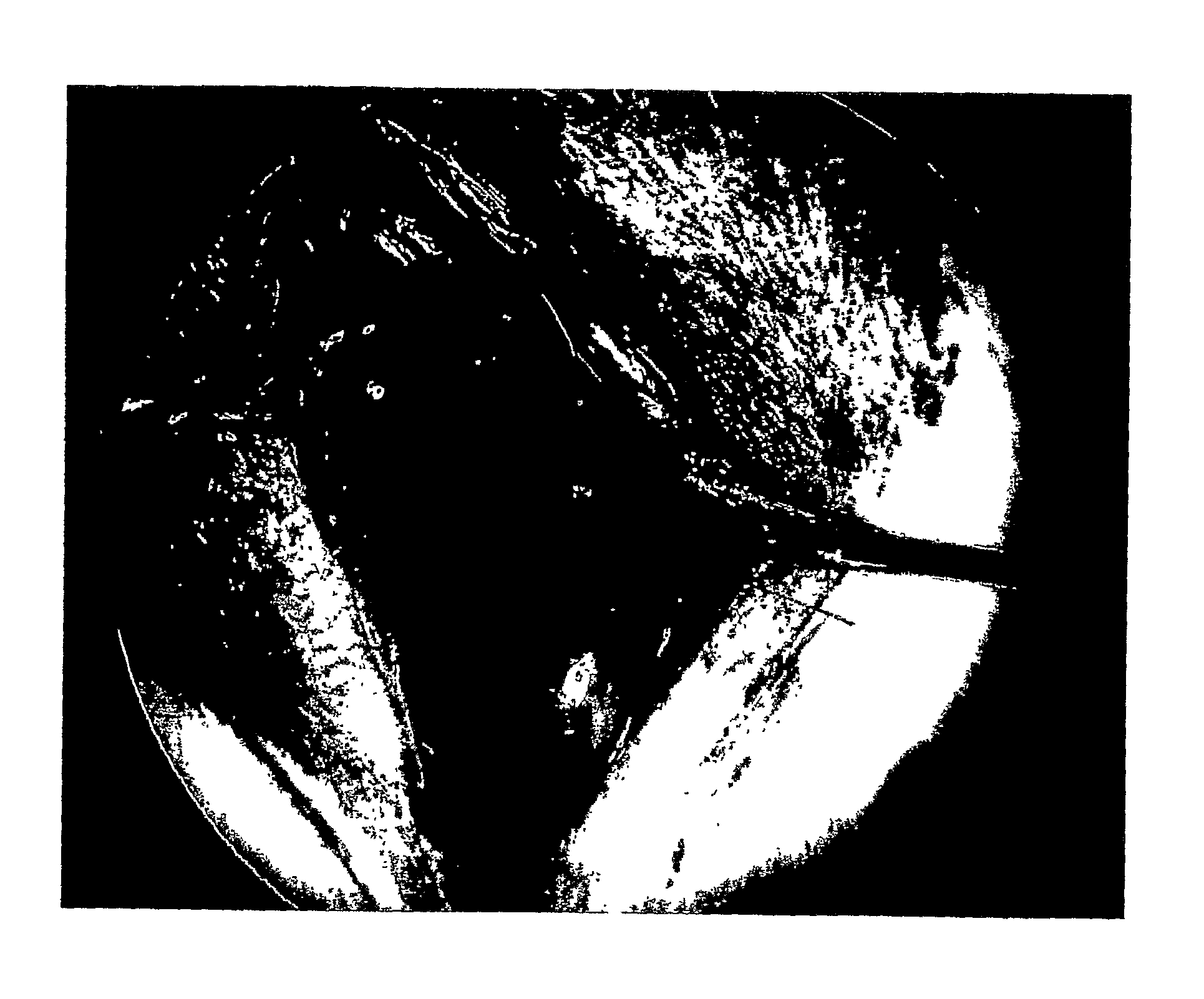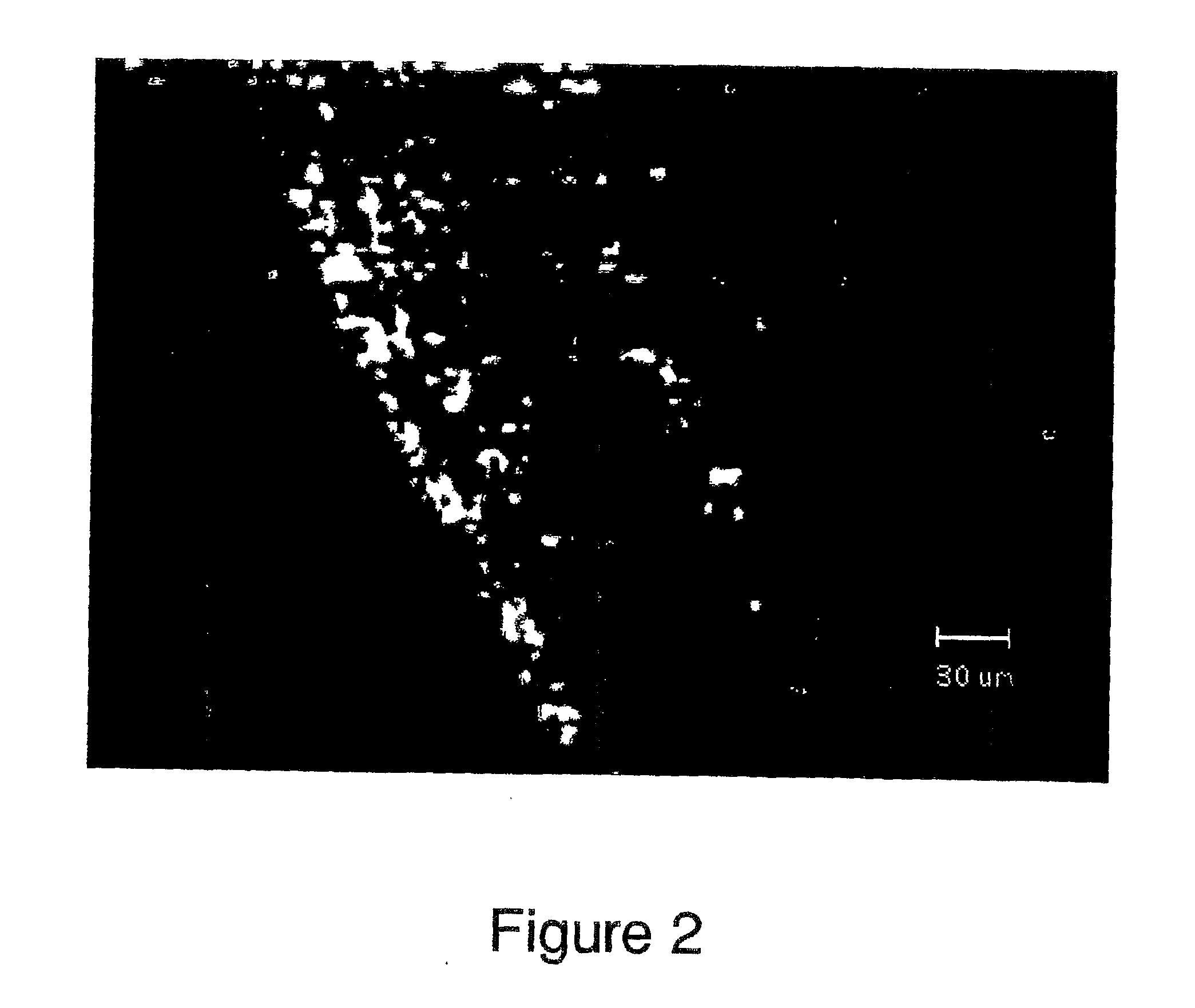Methods for Intraoperative Organotypic Nerve Mapping
a technology of organotypic nerve and intraoperative operation, which is applied in the field of organotypic nerve mapping methods, can solve the problems of inability to distinguish penile, urethral, or prostatic nerves, and the current use of imaging technology during surgery is generally limited to ultrasound, pet, open mri or other expensive, cumbersome devices,
- Summary
- Abstract
- Description
- Claims
- Application Information
AI Technical Summary
Benefits of technology
Problems solved by technology
Method used
Image
Examples
examples
[0131]The invention is now described with reference to the following examples. These examples are provided for the purpose of illustration only and the invention should in no way be construed as being limited to these examples but rather should be construed to encompass any and all variations which become evident as a result of the teaching provided herein.
[0132]The present invention provides composition, methods, and apparatuses for visualizing the cavernous nerves that directly control erectile function in real time in a living subject. The technique was developed to aid surgeons in nerve preservation during procedures, including, but not limited to, robotic radical prostatectomy, by allowing them to positively identify the anatomical position of the nerves in real time.
[0133]A feasibility study of intraoperative cavernous nerve imaging was performed. The aim of the study was to evaluate the novel nerve imaging protocol of the invention for its utility as a real-time surgical aid....
PUM
| Property | Measurement | Unit |
|---|---|---|
| fluorescence lifetime | aaaaa | aaaaa |
| w/w | aaaaa | aaaaa |
| diameters | aaaaa | aaaaa |
Abstract
Description
Claims
Application Information
 Login to View More
Login to View More - R&D
- Intellectual Property
- Life Sciences
- Materials
- Tech Scout
- Unparalleled Data Quality
- Higher Quality Content
- 60% Fewer Hallucinations
Browse by: Latest US Patents, China's latest patents, Technical Efficacy Thesaurus, Application Domain, Technology Topic, Popular Technical Reports.
© 2025 PatSnap. All rights reserved.Legal|Privacy policy|Modern Slavery Act Transparency Statement|Sitemap|About US| Contact US: help@patsnap.com



